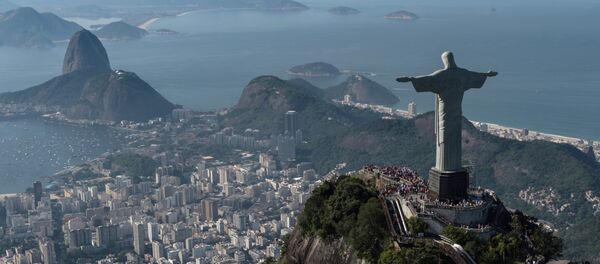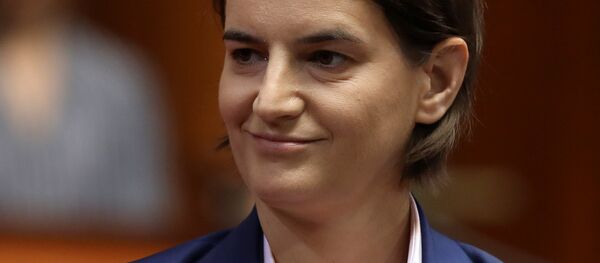VERONA (Sputnik) — On Thursday at the 10th Eurasian Economic Forum the head of Russia’s state oil company Rosneft, Igor Sechin, delivered a speech in which he divided numerous projects of international integration in Eurasia in three groups according to their contribution to the unity of both parts of the world as well as he developed a fourth category which Eurasia needs.
First Group
The first group of projects, according to Sechin, comprises semi-open types of integration with deep economic cooperation that do not involve large-scale expansion. As an example he cited "the European Union, which is currently building a single energy market, and the Eurasian Economic Union, which is building single markets of electric power, gas, oil and petroleum products."
The prototype of the Eurasian Economic Union (EEU) appeared in 2010 in the form of a customs union in the post-Soviet area. In 2014 it was transformed into the EEU with a single market, however, the joint currency was not implemented. By the present moment Eurasian Union includes Armenia, Belarus, Kazakhstan, Kyrgyzstan and Russia as member states.
READ MORE: Moscow Refutes Claims About Eurasian Economic Union as Russian Political Project
Second Group
The second kind of project, which includes the Council of Europe and the Shanghai Cooperation Organization (SCO), are an open type that does not presume such deep integration as the first kind, but is more comprehensive. Although these projects "only encompass separate parts of Eurasia," they also triy to build economic and political bridges between the countries, said Sechin.
Shanghai Cooperation Organization (SCO) was created in 2001 as a political, economic and security organization in Eurasia embracing such countries as Russia, China, Kazakhstan, Kyrgystan, Tajikistan and Uzbekistan.
Third Group
Finally, the third group is represented with projects that are aimed at splitting Eurasia instead of uniting it. The 12-nation Trans-Pacific Partnership (TPP) between the Pacific Rim nations and the US-EU Transatlantic Trade and Investment Partnership (TTIP) are examples of such initiatives, according to the Rosneft CEO.
"Notably, it’s these projects specifically that are falling apart right in front of us. And the reasons are not just the actions of the US administration, both the old and the new ones, but, clearly, in fundamental flaws in the very idea to split Eurasia by drawing its edges in the gravitational field of the Western Hemisphere. Surprisingly for many, it turned out that the gravitational field of Eurasia itself is stronger than any external influences," Sechin explained.
The TPP is not to be confused with the Transatlantic Trade and Investment Partnership (TTIP) which is a proposed trade pact between the European Union and the US with the aim of cutting tariffs and trade regulations in order to promote cooperation between the partners.
Lack of Building Bridges & Fourth Group
In conclusion Sechin indicated the lack of the projects of the fourth group. He noted that its main feature is that these integration projects "build binding bridges, infrastructure and economic corridors from the European borders of the Atlantic and the Arctic oceans, and to the Asian coast of the Pacific and Indian oceans."
Rossiya Segodnya International Information Agency is an official information partner of the Eurasian Economic Forum.




